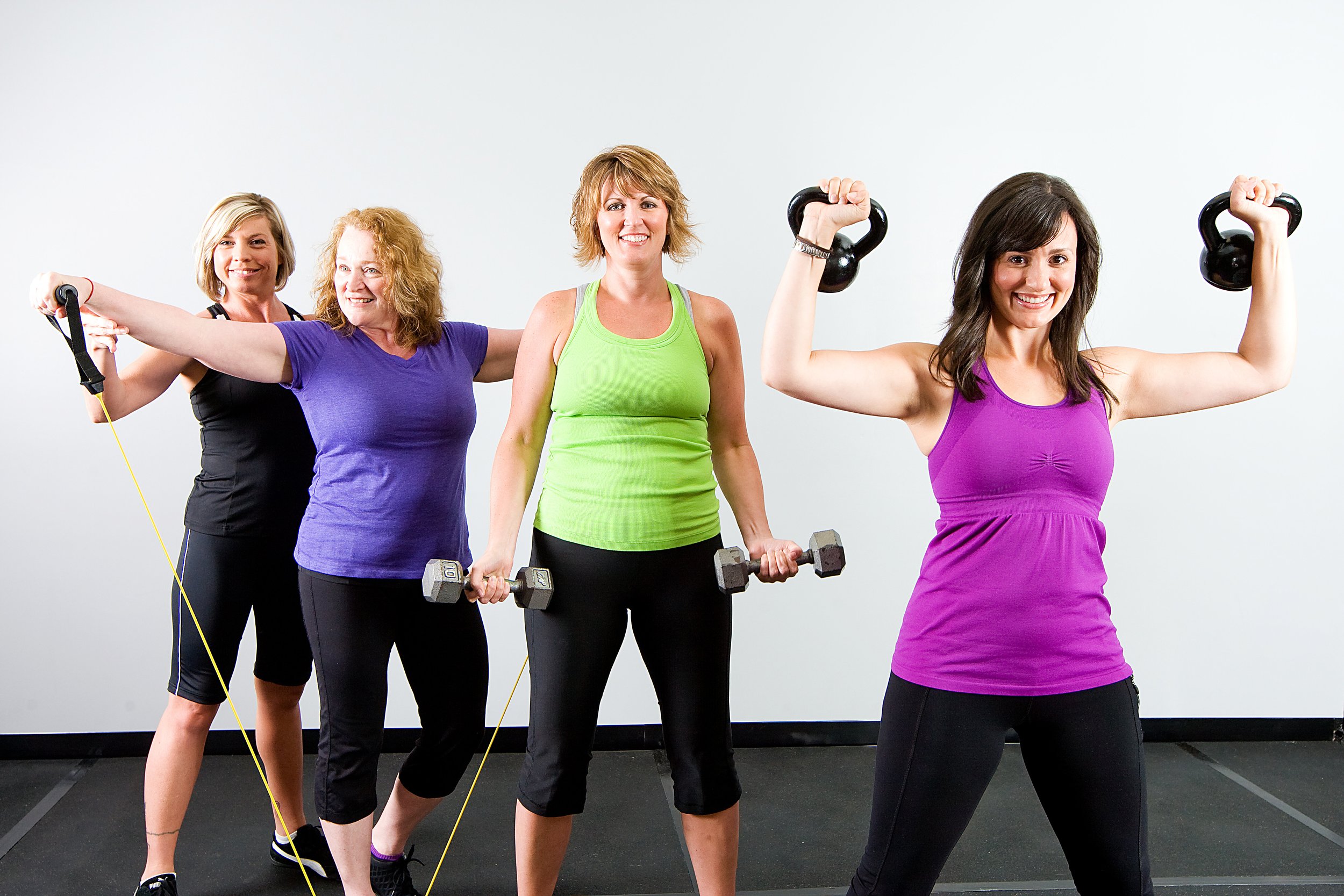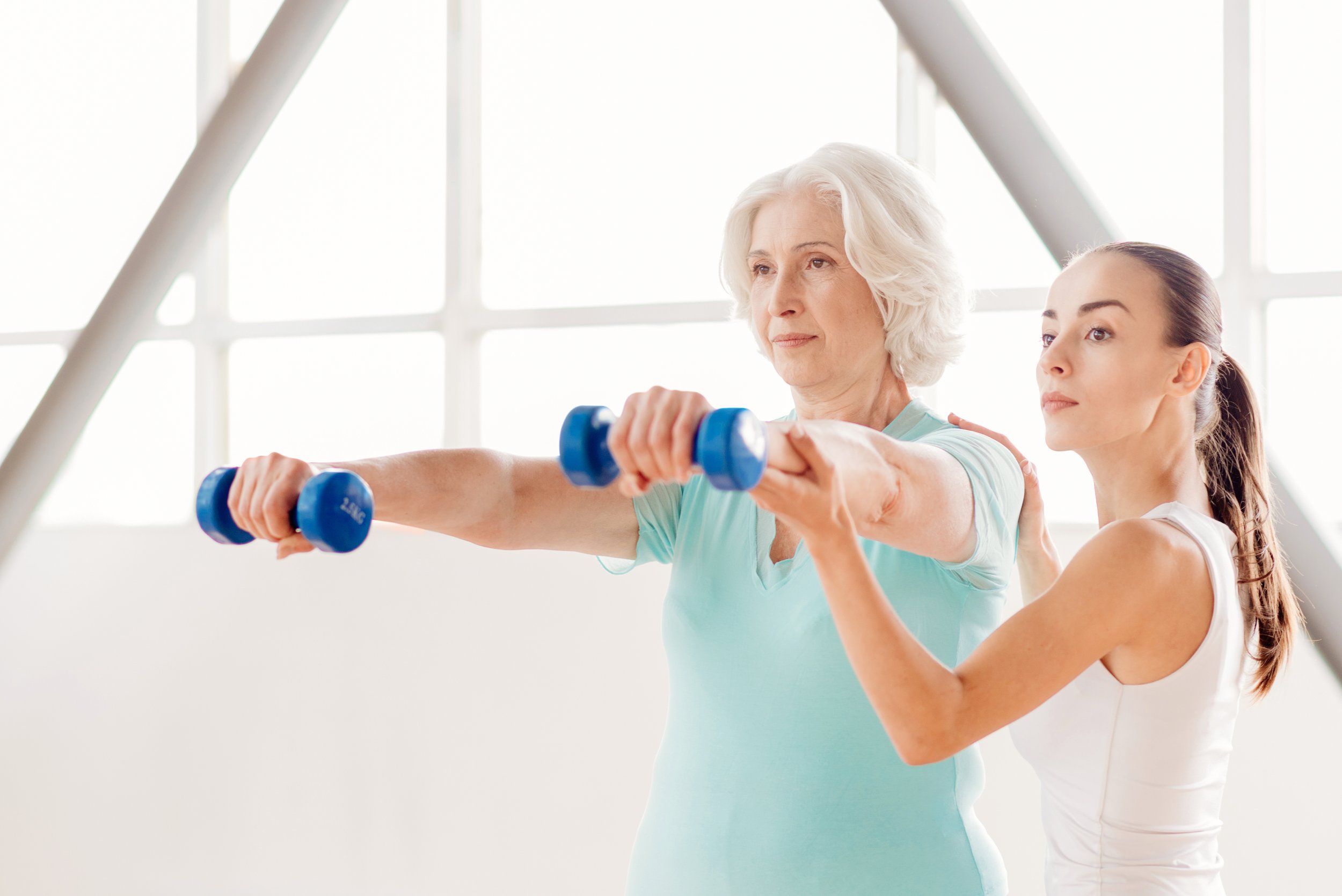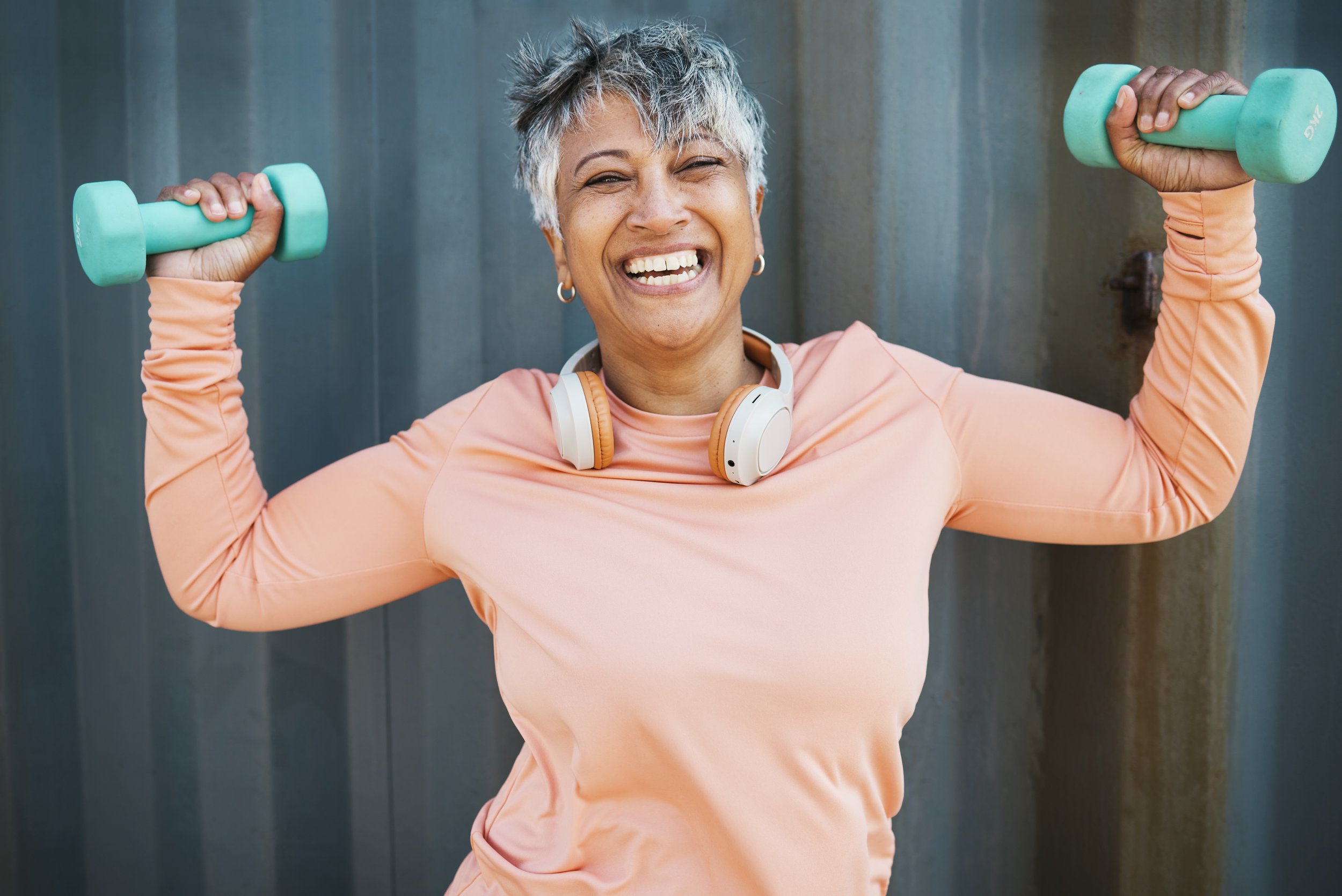Why Muscle Matters More After 40
There’s a quiet shift that begins in our bodies around our 40s. You may not notice it at first — a little more fatigue, a little less strength, perhaps a slower bounce-back after a weekend project or a workout you used to breeze through. What many people chalk up to “just getting older” is actually something much more specific — and preventable.
Muscle loss.
After 40, our bodies start to naturally lose muscle mass in a process called sarcopenia. It’s subtle at first but becomes more pronounced over time if we’re not intentional about maintaining — and even building — muscle. But here’s the good news: you have far more control over this process than you might think.
In fact, muscle isn’t just about aesthetics or lifting heavy at the gym. After 40, it becomes a powerful tool for longevity, vitality, and quality of life. Let’s dive into why muscle matters more now than ever — and what you can do about it.
1. Muscle Loss Accelerates with Age — If You Let It
Starting in our 30s, we can lose 3–8% of our muscle mass per decade, and the rate increases after 60. This doesn’t just make us weaker — it impacts balance, mobility, metabolism, and even brain function.
By the time we hit our 50s and 60s, people who haven’t trained their muscles often struggle with everyday activities like climbing stairs, lifting groceries, or getting up from the floor. It’s not about bodybuilder levels of strength — it’s about functional independence. Muscle keeps you moving, capable, and in control.
2. More Muscle = Faster Metabolism
One of the most frustrating parts of aging for many is the infamous "middle-age weight gain." Even people who eat the same and move the same find themselves putting on pounds.
Here’s why: muscle burns more calories at rest than fat. When we lose muscle, our metabolism slows down. That means we burn fewer calories doing absolutely nothing.
By preserving and building muscle, you help keep your metabolic engine running hotter. That means more calories burned at rest, less fat gain, and easier weight management — without needing to drastically cut calories or over-exercise.
3. Muscle Protects Your Joints and Bones
Joint pain and bone density issues become more common after 40. Strength training — which builds muscle — doesn’t just protect the muscles themselves. It also stabilizes your joints and helps maintain healthy, dense bones.
Studies have shown that resistance training can prevent and even reverse osteoporosis, especially in women. The tug of muscles on bones during training sends a message: "Stay strong. We’re still active." That stimulation helps prevent frailty and fractures.
And remember: it’s not just about preventing injury — it’s about thriving. Being able to travel, hike, garden, or play with your grandkids without limitations. Muscle gives you that freedom.
4. Muscle Supports Hormonal Health
For both men and women, hormones start to shift in your 40s. Testosterone dips, estrogen declines, and insulin sensitivity can decrease. This mix can lead to increased fat gain, mood swings, energy crashes, and poor sleep.
Muscle helps counteract all of that.
Lifting weights boosts testosterone and growth hormone naturally (in both men and women), improves insulin sensitivity, and helps regulate cortisol (your stress hormone). You’ll feel more balanced, more energized, and more in control of your body.
5. Strength Training Improves Mental Health
This might surprise you: building muscle helps your brain.
Exercise in general is a proven mood booster, but strength training specifically improves self-esteem, reduces anxiety, and has been shown to reduce the risk of depression. There’s something empowering about lifting heavy, seeing your strength grow, and knowing you’re actively investing in your health.
Plus, strength training helps improve sleep, which we all know becomes more precious (and elusive) after 40. Better sleep = better mood, better focus, and a better overall life experience.
6. It’s Never Too Late to Start
Think it’s too late? Think again.
Research shows that you can build muscle at any age. In fact, people in their 60s, 70s, and even 80s can see dramatic improvements in muscle mass, strength, and functionality within months of starting a resistance training program.
What matters most is consistency and progression — not perfection. You don’t need to become a gym rat or lift like a bodybuilder. Bodyweight exercises, resistance bands, dumbbells at home — all of it counts.
And if you’ve never lifted weights before, that’s okay. Starting in your 40s can still give you decades of benefits. The best time to plant a tree was 20 years ago. The second-best time is now.
7. More Muscle Means a Longer, Better Life
Ultimately, building and maintaining muscle after 40 isn’t about vanity. It’s about vitality.
It’s about walking up stairs without pain. Traveling without worrying about your knees or back. Being strong enough to carry your groceries — or your grandkids. It’s about having the energy to do what you love and the resilience to bounce back when life throws curveballs.
In fact, studies have shown that muscle mass is a key predictor of longevity. People with more muscle tend to live longer, healthier lives — with fewer chronic conditions, better immune function, and more independence.
That’s the kind of future worth training for.
Conclusion: Strong Is the New Youthful
After 40, muscle isn’t optional — it’s essential. It’s your shield, your engine, your anchor.
If you want to age well — to not just survive but thrive — muscle is your best friend. And the best part? You don’t need hours in the gym or a perfect routine. You just need a commitment to show up, to challenge your body, and to keep moving forward.
Because the truth is, strong people aren’t lucky — they’re consistent. And every time you pick up a weight, do a push-up, or challenge yourself, you’re building a body that can carry you powerfully into the decades ahead.
It’s not about turning back the clock — it’s about owning every year with strength, confidence, and vitality.
So pick up those weights, protect your muscle, and build your future. You’ve got this.
Join our Facebook Community RESTORE Yourself to walk with others learning to be free.
In joy, light, and health,
Coach Rebecca





